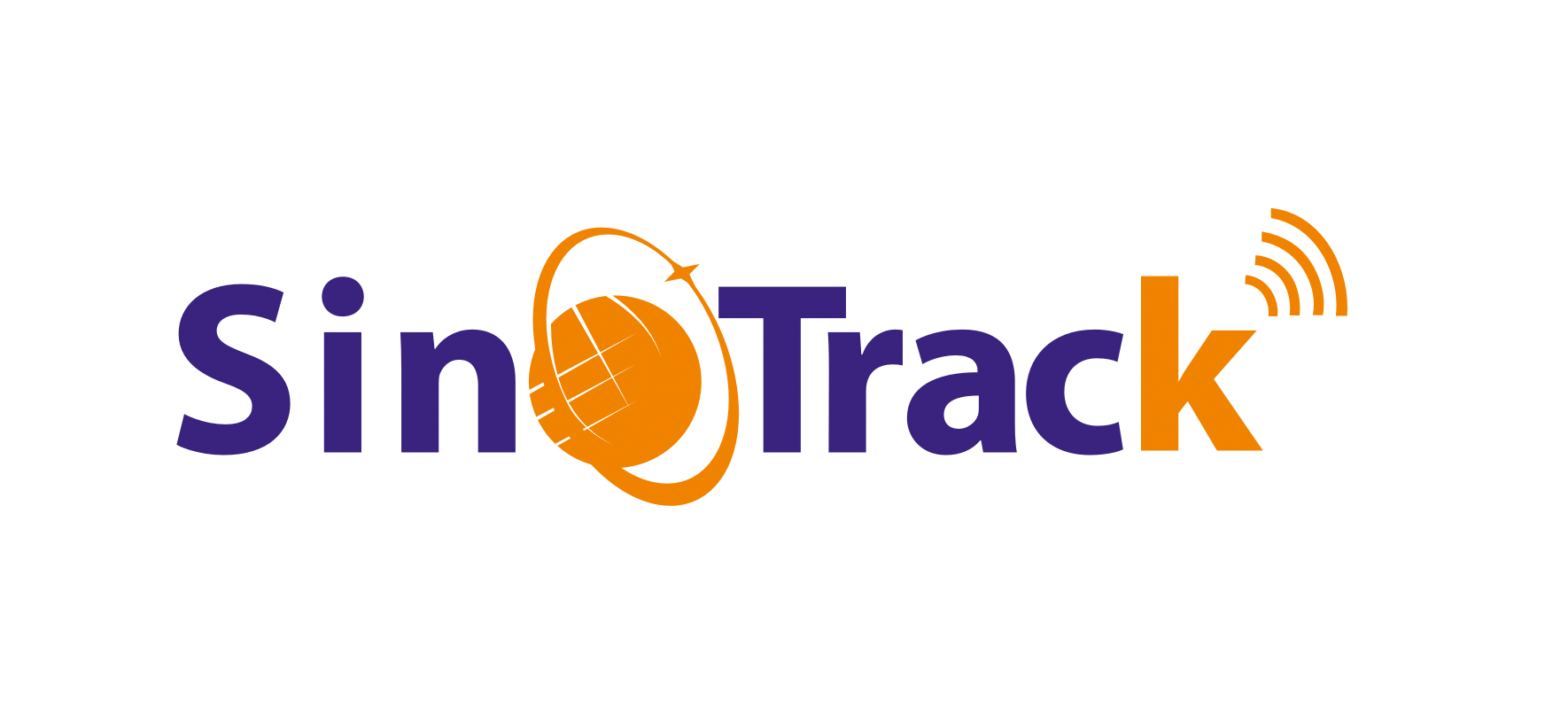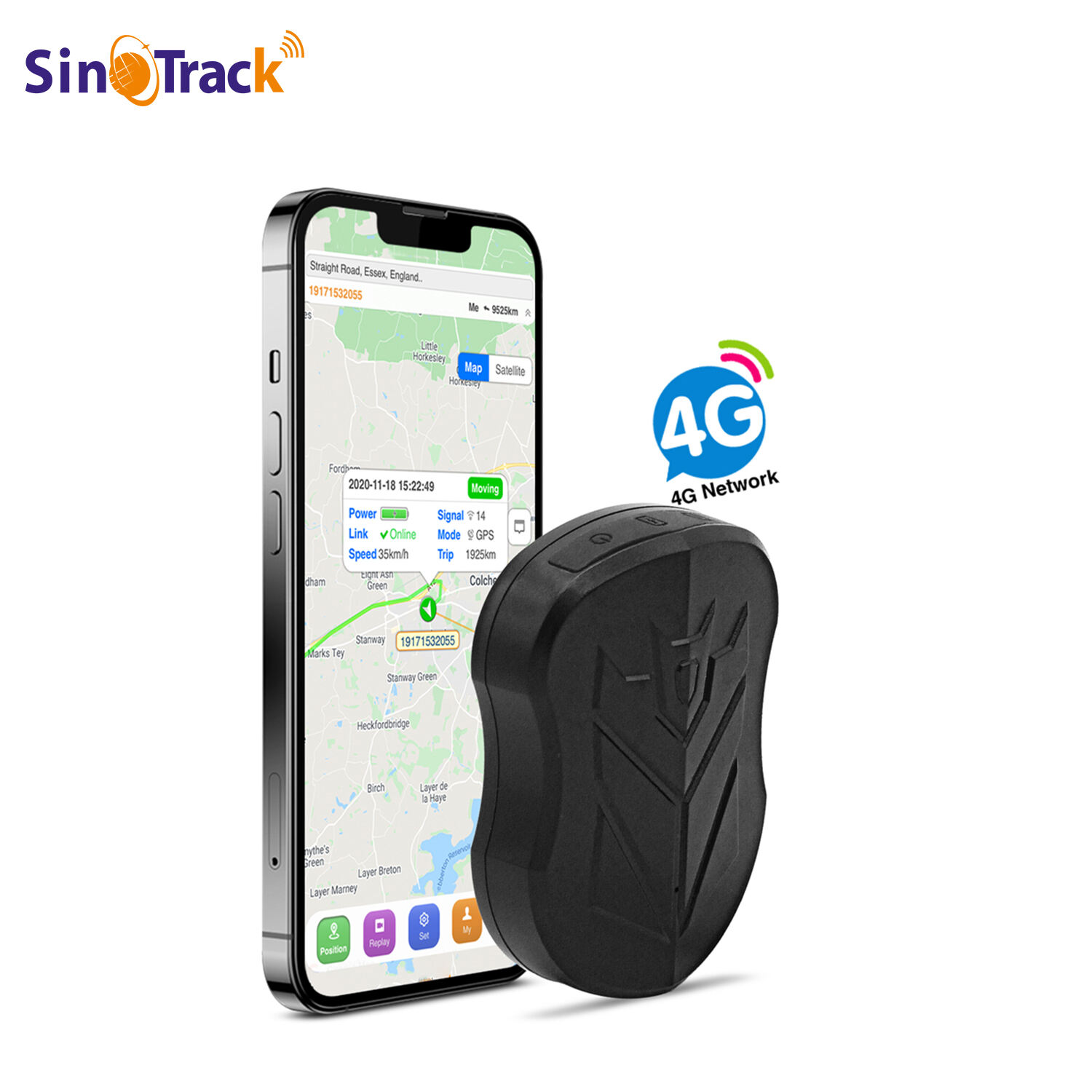Modern Safety Solutions: Understanding Real-Time Location Tracking
In today's fast-paced world, personal GPS trackers have become essential tools for ensuring safety and peace of mind. These compact devices leverage satellite technology to provide precise location information, offering a reliable way to monitor the whereabouts of loved ones, valuable assets, and even ourselves. As location-based technology continues to advance, these sophisticated tracking solutions have evolved from simple navigation aids to comprehensive personal safety devices.
The integration of personal GPS trackers into daily life represents a significant shift in how we approach personal security. Whether it's parents keeping track of their children, caregivers monitoring elderly family members, or outdoor enthusiasts ensuring their safety during adventures, these devices provide real-time location data and emergency alerts that can prove invaluable in critical situations.
Essential Features of Modern GPS Tracking Devices
Real-Time Location Monitoring Capabilities
Modern personal GPS trackers offer unprecedented accuracy in location tracking, with many devices providing updates every few seconds. This real-time monitoring capability ensures that users can pinpoint exact locations with minimal delay. The technology employs multiple satellite systems, including GPS, GLONASS, and Galileo, to maintain accuracy even in challenging environments such as urban canyons or dense forests.
Advanced tracking features often include geofencing capabilities, allowing users to set up virtual boundaries and receive instant notifications when the device enters or exits designated areas. This functionality proves particularly useful for families with young children or those caring for individuals with cognitive impairments.
Emergency Response and Alert Systems
One of the most crucial aspects of personal GPS trackers is their emergency response functionality. Many devices come equipped with SOS buttons that, when activated, immediately alert predetermined emergency contacts and share the user's exact location. Some advanced models even include automatic fall detection, which can trigger alerts without user intervention.
The alert systems typically work through multiple communication channels, including SMS, email, and dedicated mobile applications. This redundancy ensures that emergency notifications reach intended recipients even if one communication method fails.
Applications Across Different User Groups
Family Safety and Child Protection
Parents increasingly rely on personal GPS trackers to ensure their children's safety, especially during independent activities like walking to school or visiting friends. These devices provide real-time location updates and allow parents to set up safe zones around frequently visited locations such as schools, homes, or recreational facilities.
Beyond basic tracking, many devices designed for children include two-way communication features, allowing direct contact between parent and child. This functionality, combined with precise location tracking, creates a comprehensive safety net for families navigating the challenges of modern life.
Elder Care and Medical Monitoring
For families caring for elderly relatives, personal GPS trackers offer invaluable support in maintaining independence while ensuring safety. These devices are particularly beneficial for individuals with memory conditions or those at risk of wandering. Advanced models include health monitoring features such as heart rate tracking and fall detection, providing an additional layer of security.
Caregivers can receive immediate notifications about unusual movements or potential medical emergencies, allowing for rapid response when necessary. This technology enables elderly individuals to maintain their independence longer while giving family members greater peace of mind.
Technical Considerations and Implementation
Battery Life and Power Management
The effectiveness of personal GPS trackers heavily depends on reliable power management. Modern devices employ sophisticated power-saving features to extend battery life while maintaining essential tracking functions. Many units can operate for several days to weeks on a single charge, depending on usage patterns and tracking frequency.
Advanced models incorporate smart power management systems that adjust tracking intervals based on movement detection, conserving battery life when the device is stationary. Some devices also feature wireless charging capabilities and low-battery alerts to ensure continuous operation.
Connectivity and Network Requirements
Personal GPS trackers typically rely on a combination of cellular networks and satellite systems for optimal performance. Most devices utilize 4G LTE networks for data transmission, with some newer models supporting 5G connectivity. The integration of multiple satellite systems ensures reliable positioning even in areas with limited cellular coverage.
Many trackers also include WiFi positioning capabilities, which can improve accuracy in urban environments and help conserve battery life when connected to known networks. This hybrid approach to connectivity maximizes device reliability across various usage scenarios.
Future Developments and Trends
Integration with Smart Home Systems
The future of personal GPS trackers lies in their integration with broader smart home ecosystems. Emerging technologies are enabling seamless connectivity between tracking devices and home automation systems, creating more comprehensive safety and monitoring solutions. This integration allows for automated responses to specific situations, such as adjusting home settings when family members are approaching.
Advanced AI algorithms are being developed to learn movement patterns and predict potential safety concerns before they arise. This predictive capability represents a significant advancement in personal safety technology.
Enhanced Privacy and Security Features
As personal GPS trackers become more sophisticated, manufacturers are implementing stronger privacy protections and security measures. End-to-end encryption, secure data storage, and enhanced user authentication methods are becoming standard features. These advancements address growing concerns about data privacy and unauthorized access to location information.
The industry is moving toward more transparent data handling practices, giving users greater control over their location data and how it's shared. This evolution in privacy protection is crucial for maintaining user trust and compliance with evolving data protection regulations.
Frequently Asked Questions
How accurate are personal GPS trackers in urban environments?
Personal GPS trackers typically achieve accuracy within 5-10 meters in urban environments. Modern devices use multiple satellite systems and cellular triangulation to maintain accuracy even among tall buildings. Some advanced models can achieve even greater precision through the use of additional positioning technologies.
What happens if a personal GPS tracker loses cellular connection?
Most personal GPS trackers continue to record location data even when cellular connectivity is lost. Once connection is restored, the device will upload the stored location history. Many devices also include offline modes that can store several days' worth of tracking data.
How long do personal GPS tracker batteries typically last?
Battery life varies significantly depending on usage patterns and device settings. Most modern personal GPS trackers can operate for 2-7 days on a single charge with standard tracking intervals. Some devices with power-saving features can last up to several weeks, especially when using extended tracking intervals or motion-based activation.
Are personal GPS trackers water-resistant?
Many personal GPS trackers offer some level of water resistance, with ratings typically ranging from IPX4 (splash-resistant) to IPX7 (submersible up to 1 meter). The specific water resistance rating varies by model and manufacturer, so it's important to verify the specifications for individual devices.

